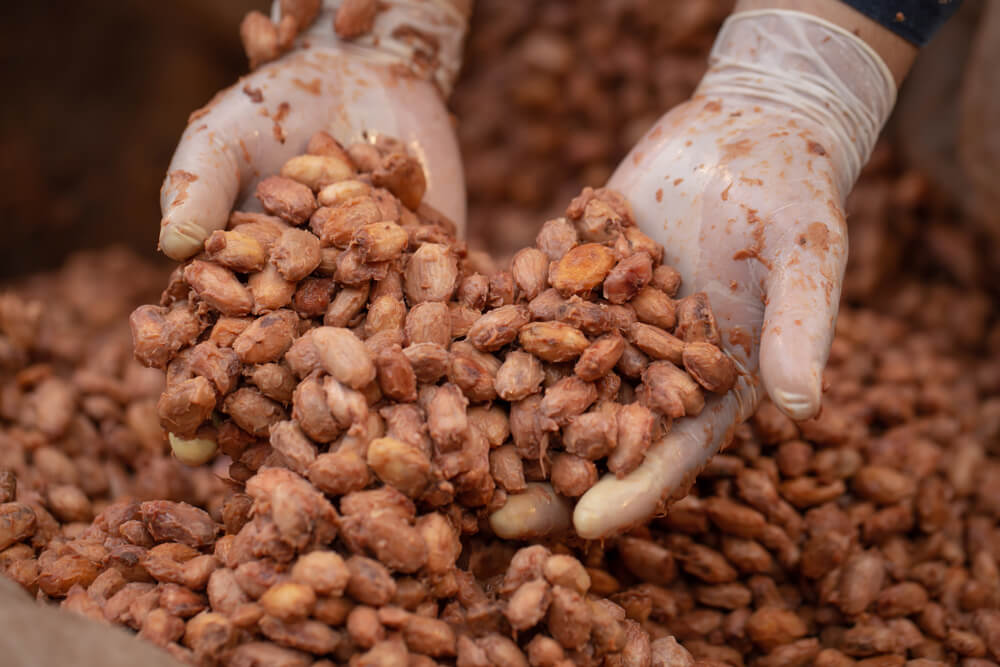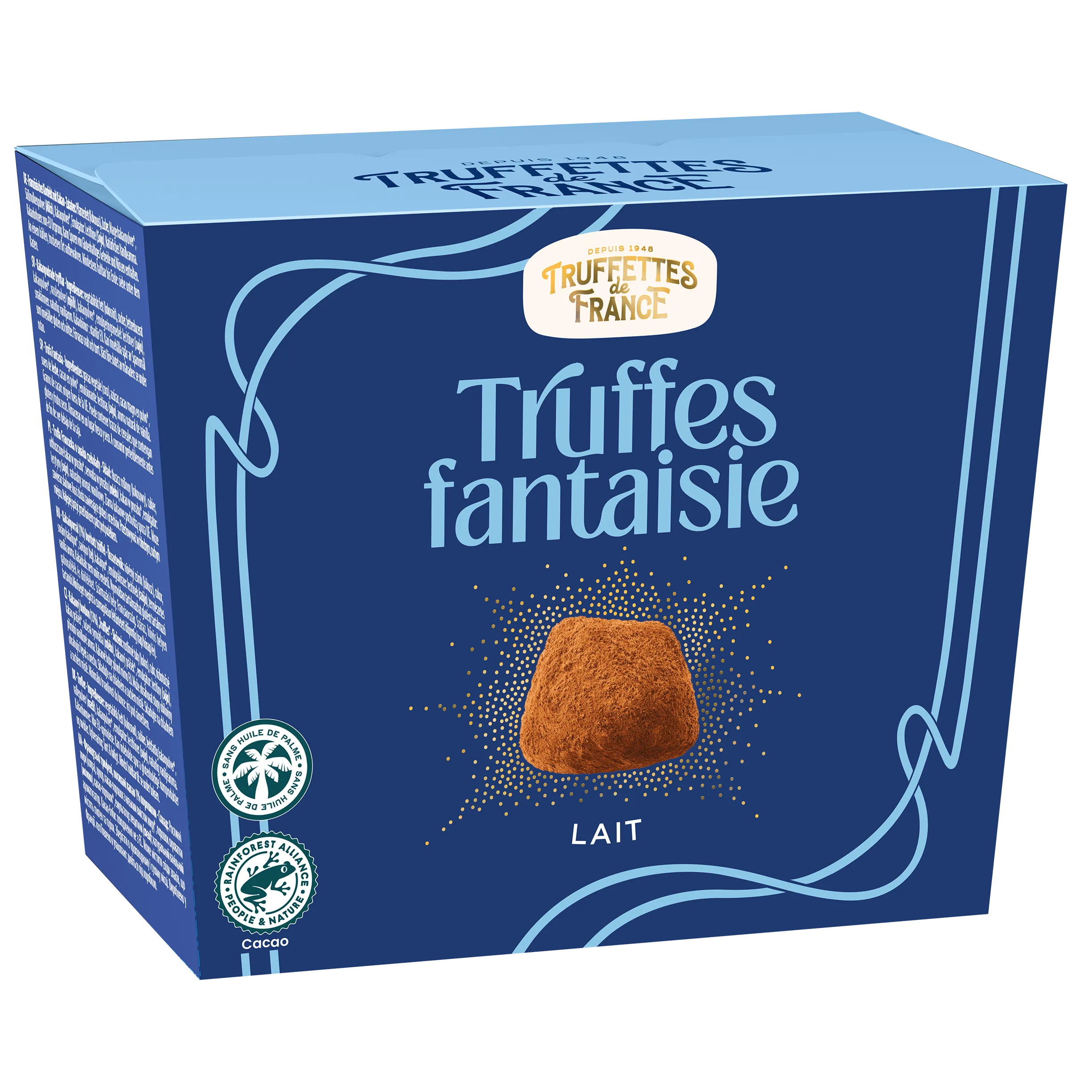Definition: Chocolate fermentation

Chocolate is one of the world's best-loved culinary pleasures, but its production involves a little-known but essential stage: fermentation. Fermentation is a complex biological process during which cocoa beans reveal their aromatic potential. Discover the inner workings of this ancestral art, which combines tradition, technical mastery and know-how.
What is cocoa fermentation?
Chocolate fermentation specifically concerns the cocoa seeds contained in the pods of the cacao tree. These seeds originally had a bitter, astringent taste, far removed from the characteristic aromas of quality chocolate. So it's thanks to fermentation - or rather the cascade of biochemical reactions it brings about - that the aromatic precursors develop.
A crucial stage in chocolate taste quality
The fermentation process is of major importance in chocolate production, as it plays an active role in determining its taste quality. Indeed, the chemical compounds produced during fermentation will influence both the aromas and flavors of the cocoa. As a result, master chocolatiers pay particular attention to this key stage in the production of an exceptional product.
How does fermentation work?
While the fermentation process may vary according to tradition and terroir, there are some general principles that guarantee its success. Here are the various stages involved in cocoa fermentation:
- Pod harvesting: This first step involves harvesting the ripe cocoa pods, ideally by hand to avoid damaging the tree. Next, the intact fruits are selected, from which the seeds will be fermented.
- Seed extraction: The pods are then opened to recover all the seeds, still enclosed in the white pulp, also known as mucilage. This viscous mass is rich in sugars and serves as a substrate for the micro-organisms responsible for fermentation.
- Start of fermentation: Cocoa fermentation begins when the seeds and their mucilage are placed in suitable compartments, traditionally wooden vats, but nowadays also stainless steel or other materials. These containers are generally perforated at the bottom to allow the liquids produced during fermentation to drain out.
The different players in fermentation
During the process, different types of micro-organisms successively transform the aromatic precursors present in the seeds:
- Yeasts: These unicellular fungi are the first players in fermentation. They consume the sugars present in the mucilage, and in return produce alcohol (ethanol) and heat. This rise in temperature encourages the emergence of other micro-organisms.
- Lactic acid and acetic acid bacteria: These two families of bacteria play an active role in the fermentation process. Lactic acid bacteria transform sugars into lactic acid, while acetic acid bacteria oxidize the alcohol produced by yeast into acetic acid. Acetic acid plays a key role in the development of chocolate's specific aromas.
Monitoring and adjusting fermentation
The success of cocoa fermentation depends above all on the control of environmental conditions, such as temperature,aeration andhumidity, which govern the development of micro-organisms. To guarantee optimum quality, it is therefore crucial to carefully monitor fermentation progress and adapt environmental conditions accordingly.
Well-defined evaluation criteria
Several indicators can be used to assess the quality of cocoa fermentation:
- The percentage of well-fermented beans in a batch, which reflects the homogeneity of the process within the compartments;
- The color of the beans, which can vary from violet to brown depending on the degree of fermentation (a well-fermented bean is generally brown in color);
- The taste of the beans, which must be free of excessive bitterness and astringency to reflect successful fermentation.
Different methods for different terroirs
While the general principles of cocoa fermentation are similar throughout the world, each terroir has its own specificities. These can influence technical choices, such as the type of container used, the duration of fermentation or the mixtures of cocoa varieties that may be used. This diversity contributes to enriching the range of flavors and aromas that chocolate can offer, while enhancing the cultural and gustatory heritage of local producers.
An environmentally-friendly process
In addition to its essential role in the production of quality chocolate, cocoa fermentation has another advantage: it is a natural and environmentally-friendly process. In fact, the micro-organisms that transform the beans come from their natural environment, without the intervention of chemicals or synthetic agents. What's more, the by-products of fermentation (notably exhausted mucilage) can be used as organic fertilizers to enrich the soils of cocoa plantations.





